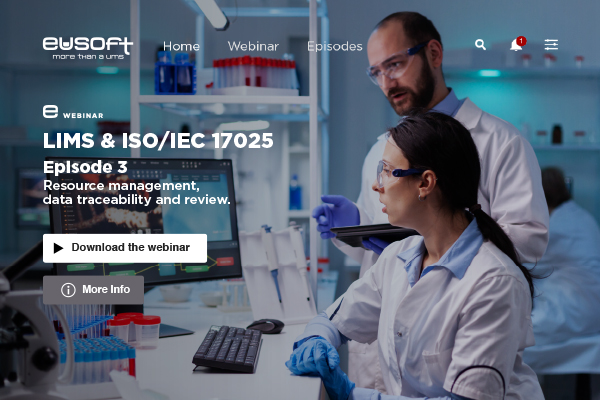LIMS migration is the process of transferring data from a legacy system to a new LIMS.
Why migrate? An outdated paper or spreadsheet based data management system is a significant barrier to laboratory efficiency and in turn, innovation. Hence, it is important to adopt a new LIMS to cater to evolving laboratory data management needs.
Before any company can initiate a LIMS migration, a fundamental question needs to be clearly defined: What data will be migrated?Defining the data to migrate is the first step in any successful LIMS migration. Data migration involves numerous challenges that are proportional to the size and complexity of the legacy data. The data in a LIMS system can be a company’s most valuable asset as intellectual property, auditable quality assurance information or performance and business history. Is it really any wonder we view migration of data one of the biggest challenges/risks when migrating LIMS? Not all data has the same value, and a migration process must be designed to take this into account. LIMS have two types of data to consider migrating: static data and dynamic data. Static data is the data that enables a system to run and is usually configured before use. Examples include customer information, product specifications, analyses or test methods, and storage locations. Dynamic data is generally created through the actual use of the system. Examples of dynamic data would include batch records, stability studies, sample/test results, QA approvals, and audit trail records. Migration of dynamic data is possibly the most challenging aspect of data migration to address.
After the data has been identified for LIMS migration, a formal Data Migration Plan may be developed. The Data Migration Plan will describe, in detail, the data to be migrated and the migration methods to be used.Choosing the most appropriate strategy to take with respect to historical data is best done on a case-by-case basis. This can range from preserving and archiving the data, simply transferring the data to a new repository where it can be reported and consulted, to a full data migration so data assets can be actively used through standard LIMS functionality.
The challenges of data migration can be overcome not only through proper planning but also through the assistance of the LIMS provider. The new LIMS should be easily configurable so that the existing configuration or laboratory workflows can be easily accommodated in the new LIMS. Some LIMS providers offer data migration as a complimentary service. Their team of experts can configure the LIMS to match the existing workflows and can migrate legacy data using their tool or in-built data import features in the LIMS, helping save time, resources and achieve operational efficiency.




